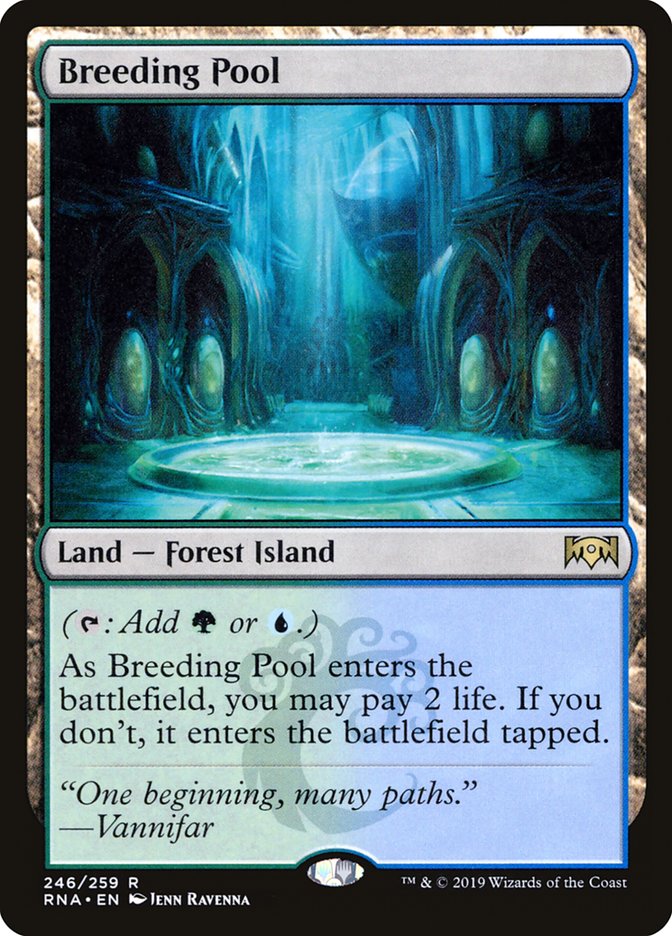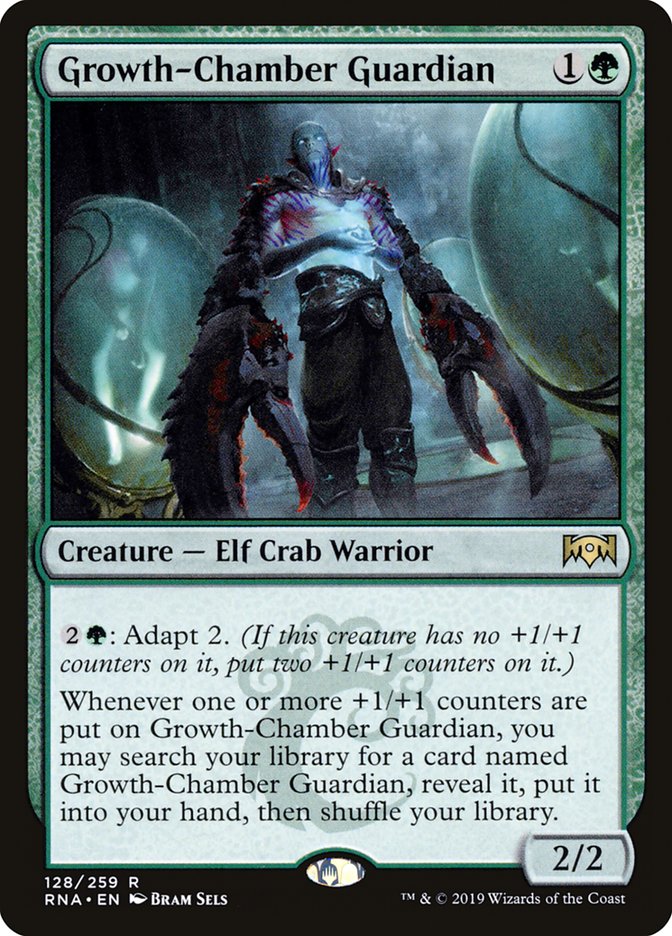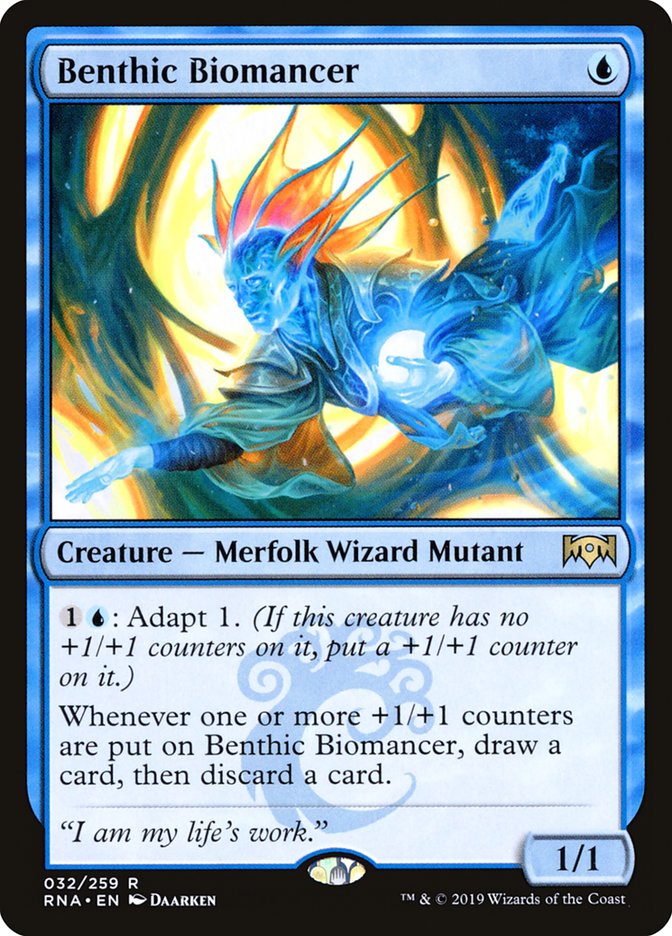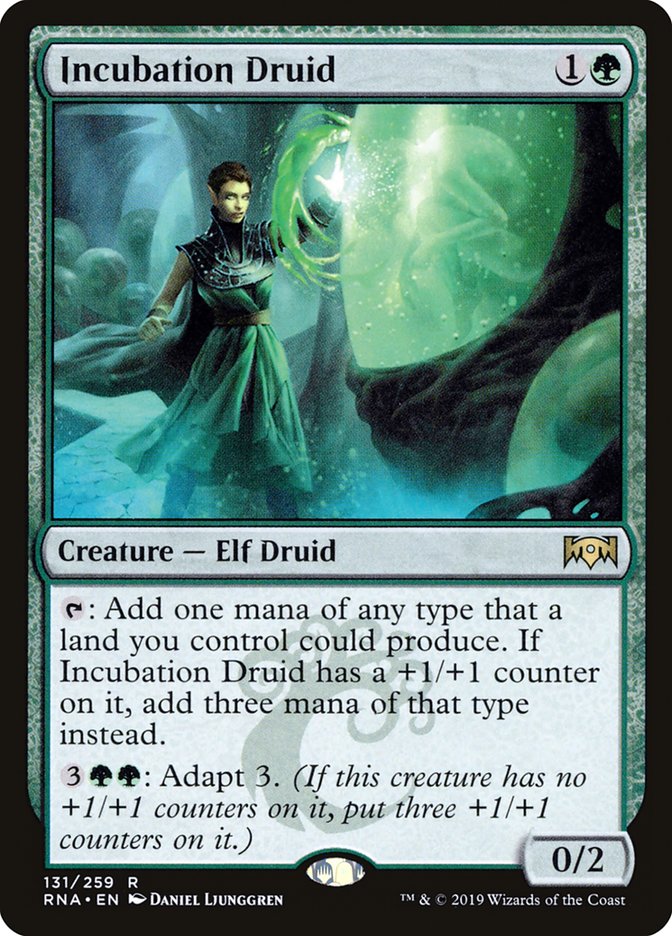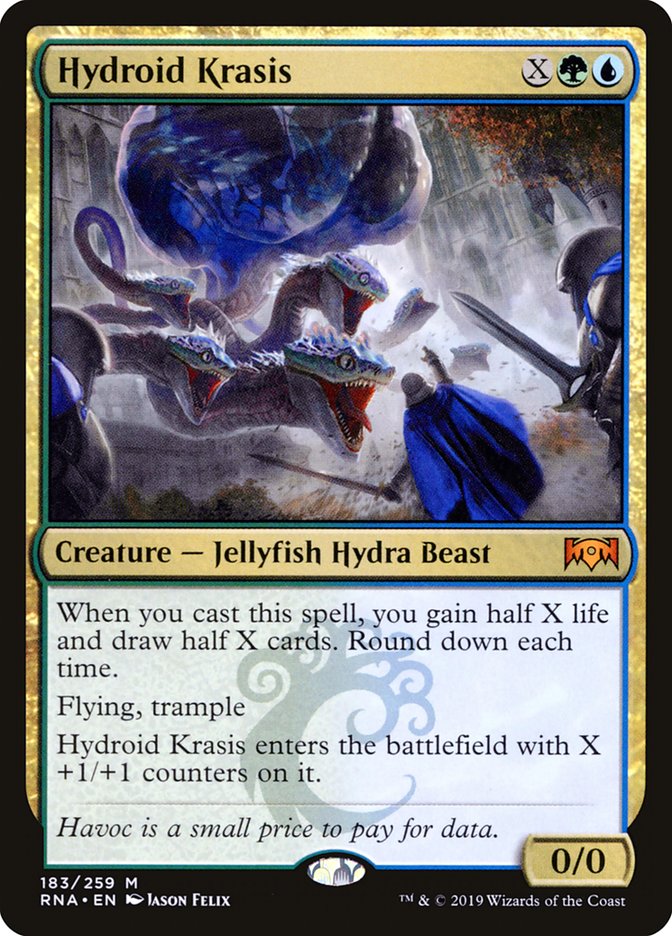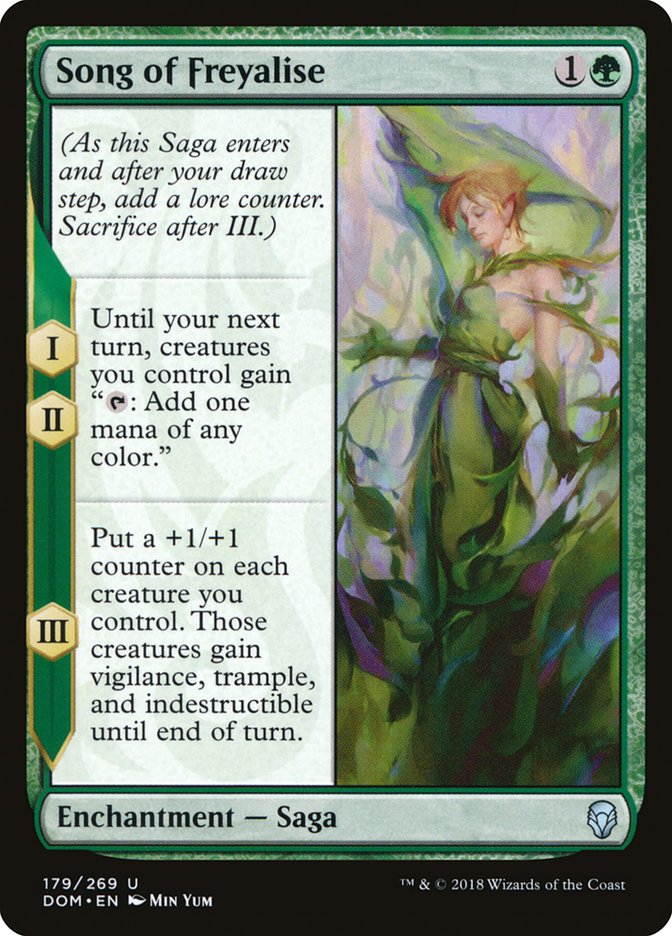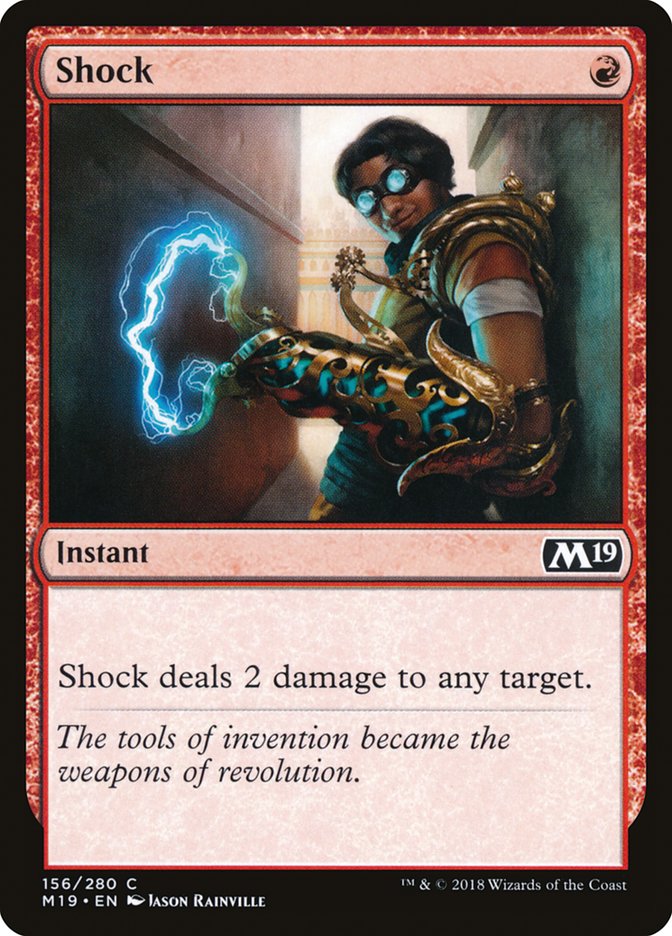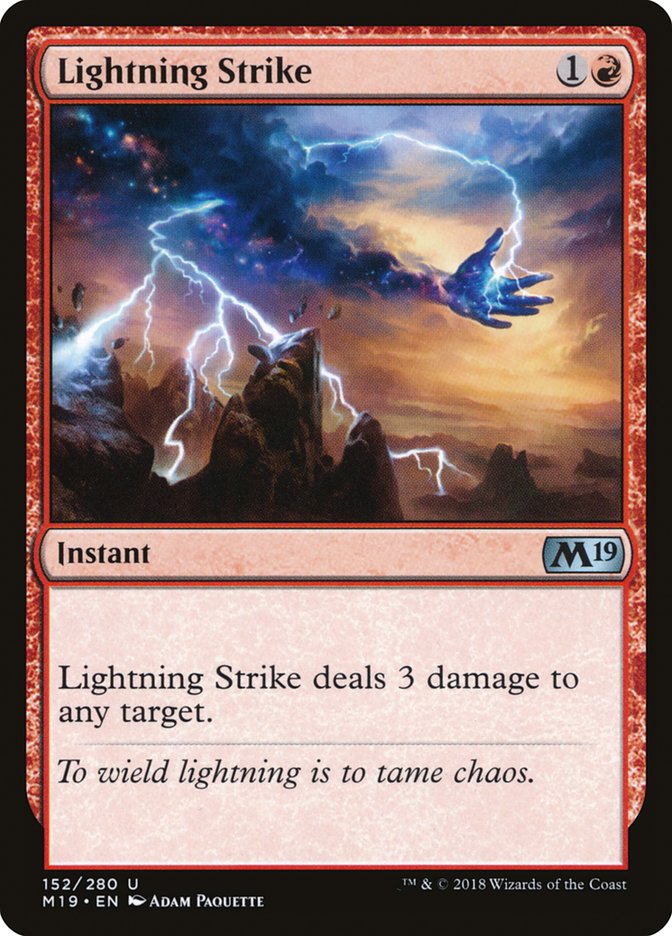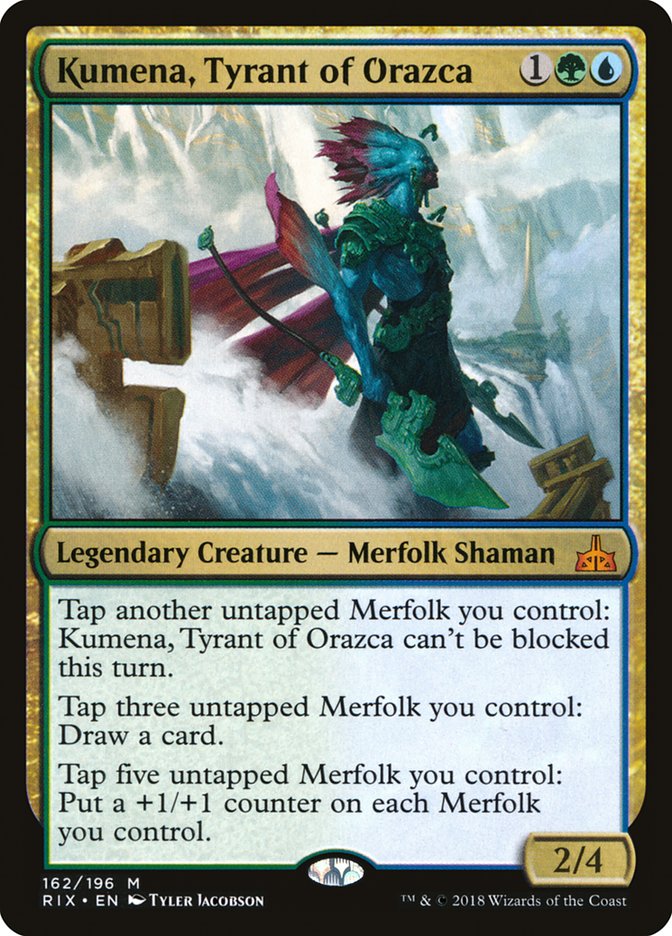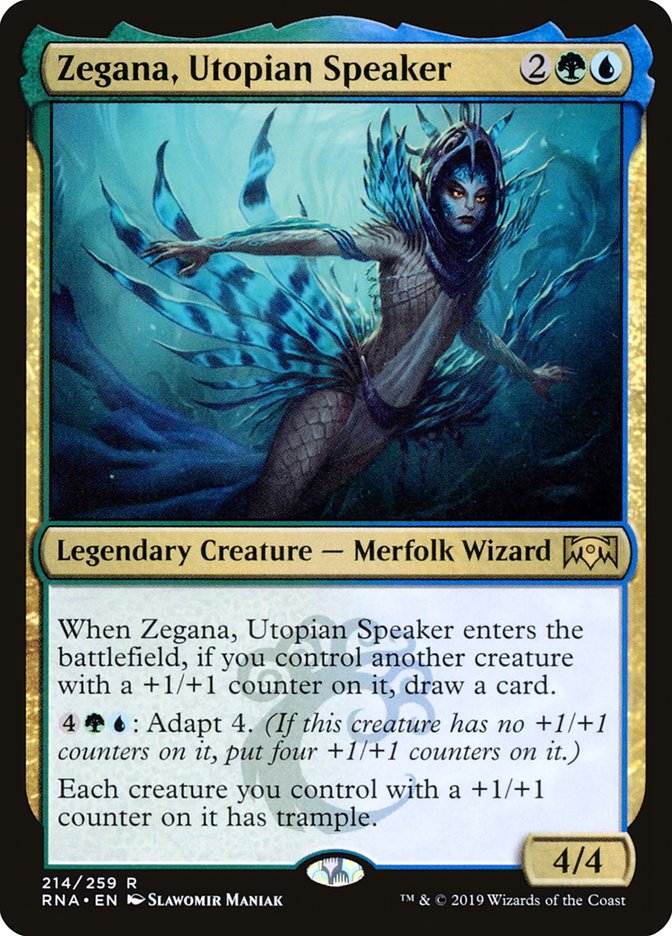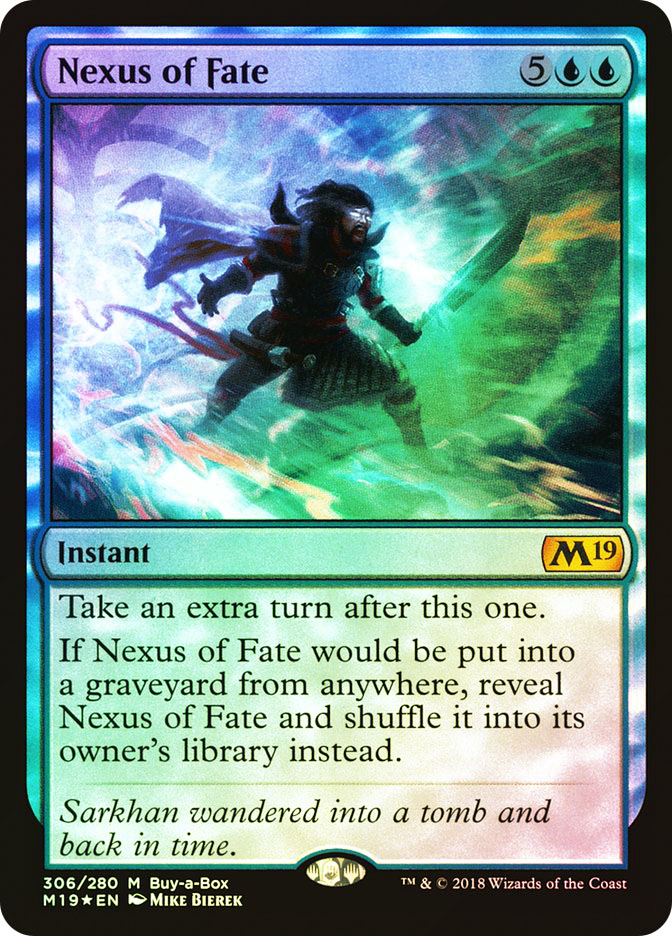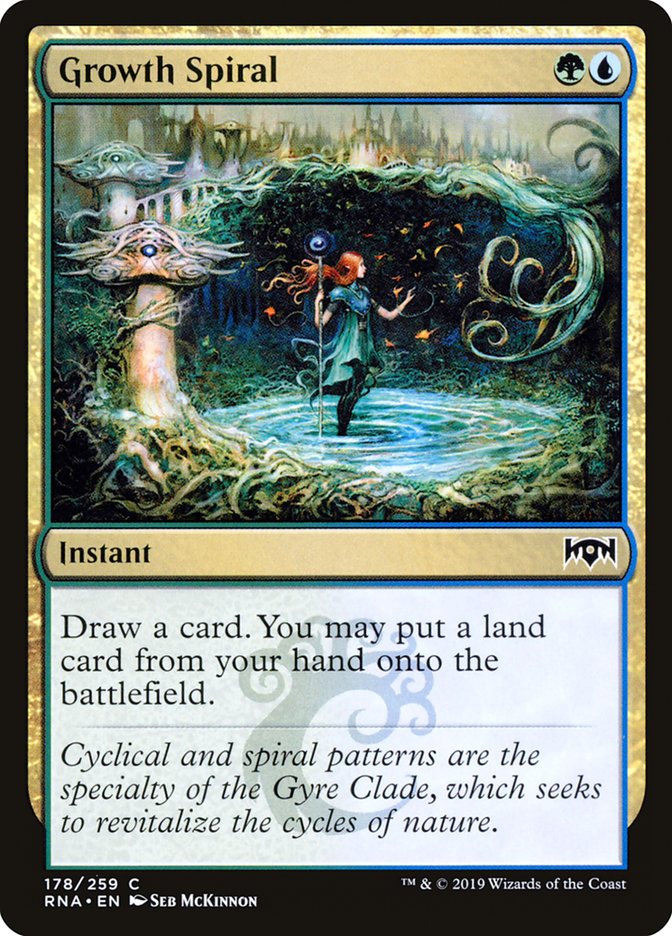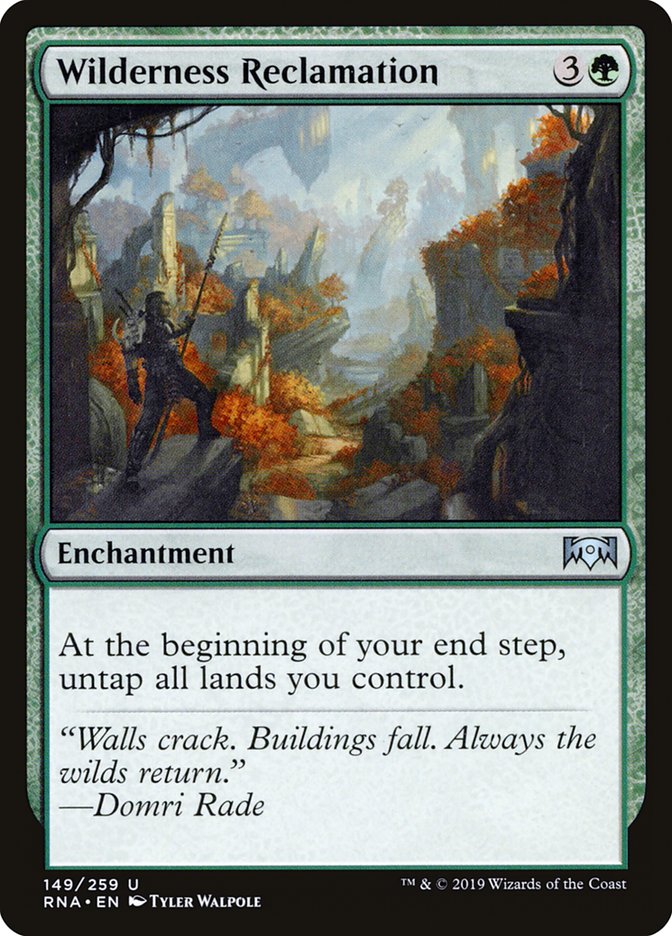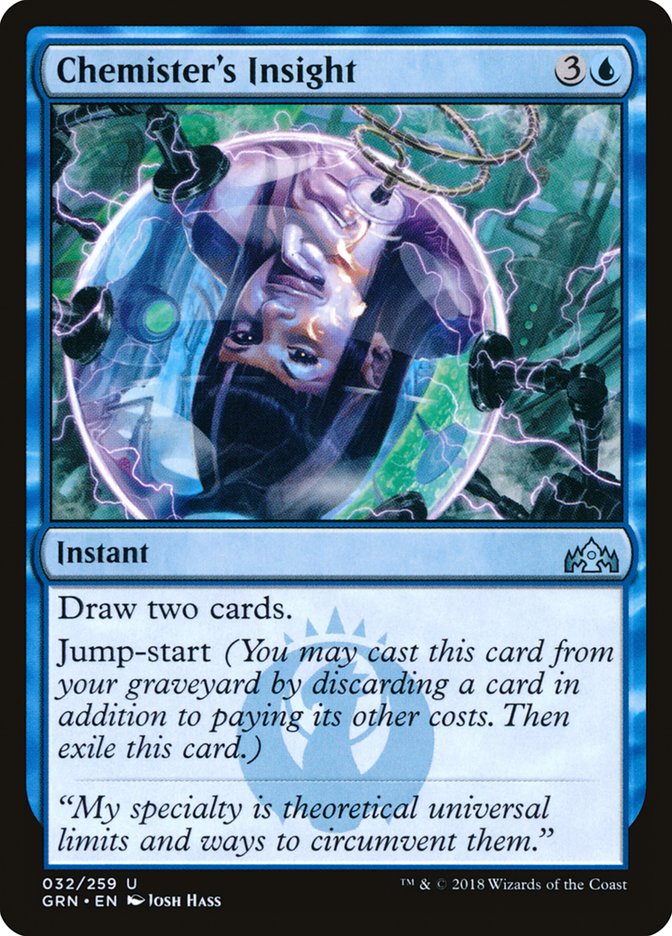.related_text {
padding:0px 10px;
height:50px;
line-height:2em;
}
.related_text img.related_author {
width:48px;
height:48px;
float:left;
padding:0px 15px;
}
.related_text .title {
color:#333;
font-style:italic;
font-size:100%;
}
.related_text a:link {
font-weight:bold;
color:#005586;
padding-bottom:0px;
font-style:normal;
}
.related_text .header {
text-transform: uppercase;
padding-top:0px;
font-weight:bold;
}
.related-premium {
color:#CD9100;
}
.related-select {
color:#125687
}
Remembering every single deck that’s been “almost” good enough is tough.
Every time a new set comes out, there are a few hundred new things changing
the context of what is and isn’t “good.” Ravnica Allegiance is no
exception and there’s a card near and dear to my heart that’s breathing new
life into some decks that may have previously died off or not quite been
enough during their earlier time in Standard:
My love for all things Simic isn’t much of a secret, but in addition to
Breeding Pool, Ravnica Allegiance is giving us some new tools that
do wonders for cards from Ixalan block that haven’t given their
proper time in the spotlight.
The low-hanging fruit here is the enchantment that fell off with the
rotation of Winding Constrictor. The Simic mechanic this set, adapt, has
been conspicuously worded to not be particularly picky in how counters end
up on creatures sporting the ability. That makes Hadana’s Climb a natural
fit in anything looking to generate some extra value from the enchantment.
Creatures (22)
- 4 Jadelight Ranger
- 2 Zegana, Utopian Speaker
- 4 Hydroid Krasis
- 4 Growth-Chamber Guardian
- 4 Benthic Biomancer
- 4 Incubation Druid
Lands (24)
Spells (14)

There are certainly some frills in this deck, but the purpose is to try out
several small synergies and seeing which ones play the best.
These are the cards that have the most immediate upside whenever counters
are placed on them. Outside of their own activated abilities, they have
enough upside to justify cards like Sparring Construct in the deck.
Our own Andrew Elenbogen already talked about Growth-Chamber Guardian
as a roleplayer last week
, but this is a list that’s interested in abusing it even more.
Growth-Chamber Guardian is the best green two-drop we’ve had in a long
time, and the closest analog in recent memory is Sylvan Advocate.
The reason that Sylvan Advocate was good is because it helped shore up some
of the more aggressive matchups while also translating well into the
lategame as a result of it giving purpose to controlling several lands.
Growth-Chamber Guardian does the same thing.
Controlling several lands, however, isn’t the only way that Growth-Chamber
Guardian is abusable. Imagine the following curve:
- Turn 2: Cast Guardian.
- Turn 3: Hadana’s Climb, put a counter on Guardian. Grab another.
-
Turn 4: Cast a fresh Guardian, put a counter on it with Hadana’s
Climb, fetch and cast another.
That’s a lot of action from two cards.
Incubation Druid is pretty great even though its own ability isn’t
completely intuitive at first. The first place to look for something
similar is its adapt ability putting it close to Gilded Lotus in
functionality. However, that isn’t the case if it’s getting counters placed
on it for less than five mana.
A second-turn Incubation Druid into third-turn Hadana’s Climb gives some
serious mana on turn 4, and that’s if the Druid doesn’t develop anything
else onto the battlefield the turn that Hadana’s Climb beefs it up.
One of the cards with the most buzz around it from the upcoming set is this
absurd mana sink. With Incubation Druid, having access to six mana on the
fourth turn is easy, and casting Hydroid Krasis for anything more than six
mana is starting to get into modal-Kozilek, Butcher of Truth territory.
Krasis is something that fits in with the rest of the deck in that it’s
simply trying to generate resources for the sake of converting those
resources into pressure in the form of power and toughness. Rather than
having a “true” adapt ability, it asks you to pay up front, then gives you
cards and life in exchange.
In a deck looking to invest a ton of mana into things and have ways to
distribute +1/+1 counters on its creatures, Song of Freyalise is a natural
fit. It’s likely the deck wants to sacrifice something in the middle of its
curve to make its Song of Freyalise draws more explosive.
This deck is an example of something that’s trying its hardest to abuse the
adapt mechanic to its fullest potential, and explores a few ways to do it.
For something a little closer to tournament-ready, I’d look at something
like this:
Creatures (23)
- 4 Llanowar Elves
- 3 Carnage Tyrant
- 2 Merfolk Branchwalker
- 4 Jadelight Ranger
- 2 Zegana, Utopian Speaker
- 4 Gruul Spellbreaker
- 4 Growth-Chamber Guardian
Planeswalkers (2)
Lands (24)
Spells (11)

The first thing to note about this deck: It’s a Gruul deck.
As more and more sets are introduced to Standard, the better the
damage-based removal spells are going to be towards the beginning of the
format as people are going to be aggressive, and these are ways to make
favorable exchanges in terms of mana.
In order to have enough red mana sources in order to support a deck that
wants to cast Shock on the first turn, some concessions must be made when
looking at color requirements of the deck.
Rather than being as invested in the guild’s mechanic, the idea here is
that Hadana’s Climb is a nice tool for the ol’ “Get em dead” strategy.
Carnage Tyrant is much scarier when it’s attacking for fourteen, and
planning to slowly distribute counters for the sake of pressure, rather
than for the sake of value, is the primary gameplan here.
Luckily, the riot mechanic also plays with +1/+1 counters, and it isn’t
exactly difficult to transform a copy of Hadana’s Climb. It just takes two
turns instead of one.
Hadana’s Climb isn’t the only card from Rivals of Ixalan that’s
been neglected for a few months. Although it’s a fan-favorite tribe,
Merfolk hasn’t really seen much play since the first couple of weeks that Rivals of Ixalan was legal, and that’s predominantly due to the
fact that it was always one or two cards short of being a full deck of
Constructed-playable cards.
Not anymore.
Creatures (29)
- 4 Silvergill Adept
- 4 Kumena, Tyrant of Orazca
- 4 Merfolk Mistbinder
- 4 Jadelight Ranger
- 4 Deeproot Elite
- 3 Merfolk Trickster
- 2 Zegana, Utopian Speaker
- 4 Benthic Biomancer
Lands (24)
Spells (7)

Benthic Biomancer is dumb.
One of the issues with these styles of decks is that they need a mix of
their effects, and that frequently means redundant copies of their cards.
Tribal decks live and die by their lords, and it’s rare that there are
three different lords that are all legal in the same format. The issue that
the deck had before is that it had enough lords to be worth consideration
but not enough lords to always have several of them.
With those cards thrown into the mix, almost every card in the deck is
something that pumps Merfolk, digs, or is exactly Merfolk Trickster. This
redundancy creates situations in which rather than feeling like it’s
drawing to specific cards, it’s much closer to flipping coins.
Very few of the draws with this deck are going to be particularly flashy
but take note of the fact that Spell Pierce is the only interaction in the
deck. Given a few turns, this deck can outsize creature decks that it plays
against and just needs to dodge a Wrath of God effect or two in the process
of killing its opponent.
The Simic-based Nexus of Fate decks are the last place that Breeding Pool
easily slots into upon set release, and I’ve been playing a ton of the deck
on Magic Arena lately, getting just a hair below Diamond playing
exclusively with and tweaking the following list:
Planeswalkers (6)
Lands (24)
Spells (30)

At this point, this is within five cards of what I’d consider a fairly
stock list of the deck. With Ravnica Allegiance, the deck is
getting some new tools:
Growth Spiral is the card that fits the most naturally into the deck,
working in a slot similar to Gift of Paradise. It doesn’t work quite as
well with Teferi’s untap ability, but being a two-mana cycler is something
the deck is very excited about. Between the new lands and Growth Spiral,
this is the way to update the archetype with changes that are fairly
cosmetic:
Planeswalkers (6)
Lands (24)
Spells (30)

The updates to the deck are somewhat uninspired and more in the interest of
preserving the deck in the way it currently plans to execute its end game.
Growth Spiral isn’t the only card that can play well with Nexus of Fate:
Wilderness Reclamation changes the value of some cards in the deck fairly
dramatically. There’s the obvious “float mana during my end step, untap my
lands, cast Nexus of Fate ahead of curve” tricks that come with Wilderness
Reclamation, but the card also increases the value of four-mana cards in
the deck pretty dramatically, as the Wilderness Reclamation-into-four-drop
is such an intuitive play pattern.
Planeswalkers (5)
Lands (24)
Spells (31)

This version of the deck isn’t leaning into Fog as hard but is very
interested in playing several copies of Settle the Wreckage. It’s pretty
hard to adequately pressure an opponent while also respecting Settle the
Wreckage, especially if their entire strategy revolves around untapping
lands during the end step.
The other point in this deck is just how powerful Chemister’s Insight is
when mana is a near-infinite resource. The filtering it provides is
amazing, and in a deck that needs as many raw resources as the Nexus decks
do, having a source of real card advantage is a huge boon to the deck. It
was harder to justify in older builds as the deck spends all its mana so
well, and getting choked on mana is a general concern. Wildness Reclamation
circumvents this issue, and the above list is a great starting point going
into
#MTGGRN
Standard.


